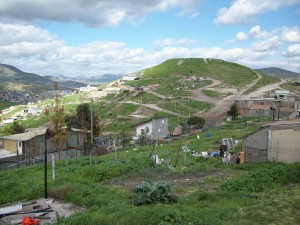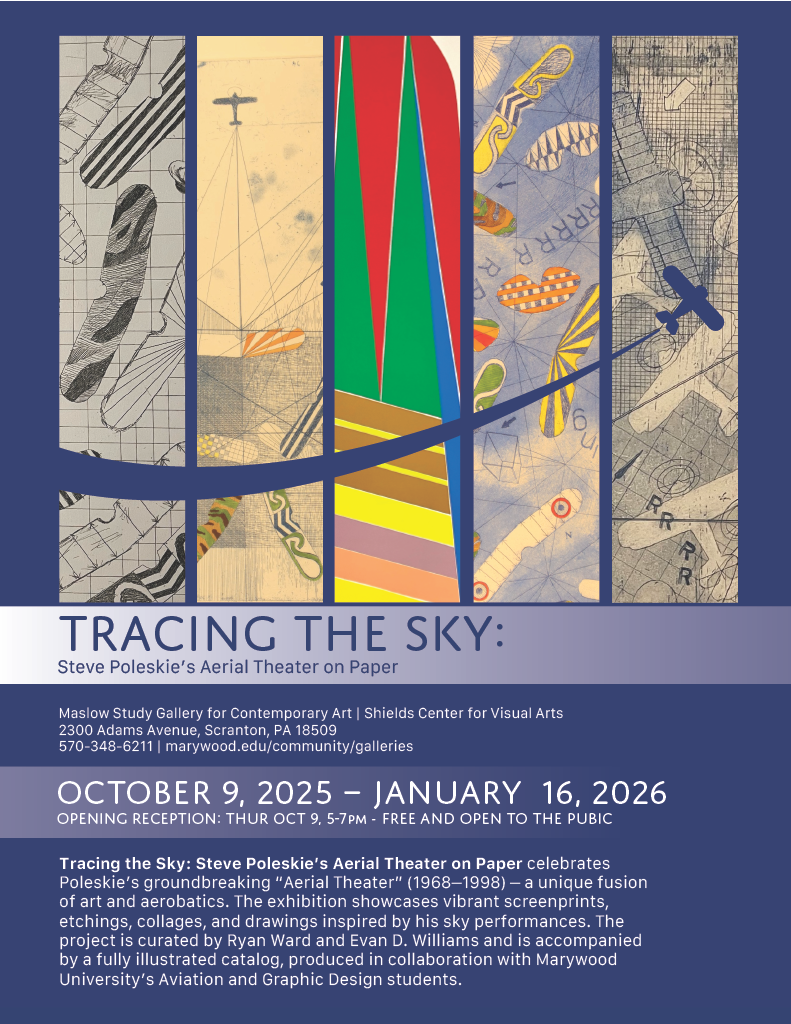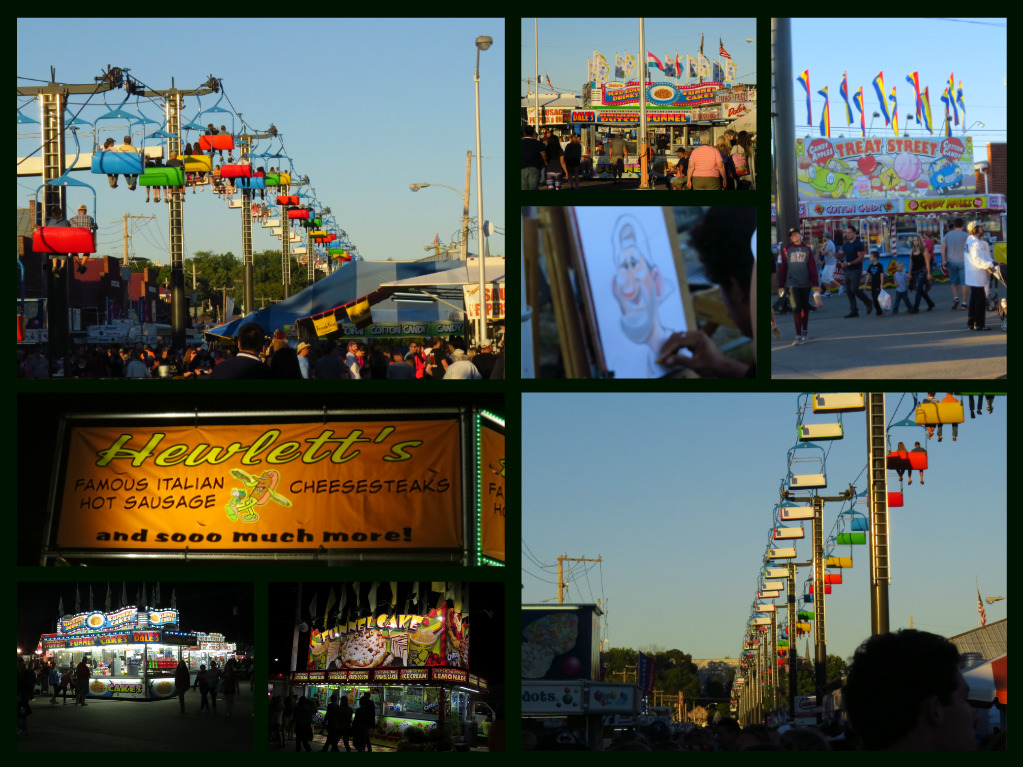
By Karla Dalious
Staff Writer
Turn on any television recently and images of a crime-filled Mexico will doubtlessly fill the screen. It’s a terrible place, they tell us, torn apart by drug trafficking and violence. At least that’s what some of us heard when spreading the news that we would be traveling to Tijuana, Baja California, Mexico over our spring break. Despite the fact that we were going to meet with different organizations and learn about social justice issues, almost every person I talked to formed pictures of us standing right in the line of gunfire.
Many of us have heard bits and pieces about the problems occurring in Mexico, but how many of us are actually familiar with the reality of the situation? How many of us know just what an average Mexican goes through when making the decision to embark upon the difficult and illegal journey across the border? I certainly didn’t before our service trip, which was coordinated by Campus Ministry in cooperation with Global Exchange Reality Tours. I am even from an area with a high immigrant population, but still I had no understanding of the gravity of the decisions and challenges these people are forced to face. I was determined to change that. Through this article I can offer a highlight of our group’s experiences, but in no way can I capture the enormity of our experience in just these words.
San Diego is not unlike other U.S. cities. Arriving there felt just like arriving anywhere else, and it was only when we started heading south that we noticed the scenery begin to change. Our first appointment was on the border and it was only there that the differences became glaringly obvious. We met two men, both dual citizens, who are working with a Quaker organization for migrant rights. They took us directly to the wall, where a U.S. Border Patrol agent immediately swooped down upon us to check our authorization to be at the site. Just standing there, even as U.S. citizens with all the proper documentation, was one of the most intimidating things I’ve ever experienced. The border, silent and looming, is completely inhospitable. On one side is the United States and its typical landmarks: perfectly manicured landscapes, shiny new housing developments, a huge outdoor mall. On the other side is Mexico: cramped apartment complexes piled on top of each other, shanties, battered and worn buildings housing various small businesses with hand-painted signs. Sparkling BMWs dotted the roads in the U.S., contrasted by rusting Fords and Toyotas in Mexico. As we stood there in a reverent silence, though, a red Mylar heart-shaped balloon rose up from behind the wall in Tijuana and was carried gently into San Diego. Our mission was poetically brought before us.
Our agenda next led us into Mexicio to Maclovio Rojas. Maclovio Rojas is an autonomous community situated right on the outskirts of Tijuana in an area where the mountains actually display a little green instead of only concrete buildings. It was founded some twenty-odd years ago by a group of Mexicans who wanted a better living option. Housing in Mexico is less than ideal by any standards. Rent for even the smallest apartment in the city is astronomical compared to the average worker’s wages and houses in developments (known as pichoneras or “pidgeon houses”) are small, cramped, and expensive. Workers who chose the latter option often become consumed in debt and lose all they worked for. The people of Maclovio, however, offer free plots of land to anyone, requiring only that they help support the community in any way they are able. It’s not pretty: the roads are mud, no plumbing exists, and makeshift electric lines are leeched from streetlights on the edges of the property. Here, though, the people have an opportunity to live debt-free and have a fighting chance in this difficult world. It’s not without challenges, though. The area was purchased by the founders and, under the Mexican constitution, should be theirs anyway by rights that federal land upon which citizens settle for five years becomes the property of the settlers. The government wishes to sell this property to a Japanese factory, however, and has yet to turn over the deed. The people of Maclovio are constantly fighting for rights which are being denied, including the ability to bring in teachers for their children.
Another meeting was with Victor Clark, a lawyer who helped to organize a union for sex workers. At first glance this may seem wrong and certainly it is unorthodox. Prostitution is legal in Mexico, however, and these women need protection. Victor explained to us that in Mexico the minimum wage is around $3.50 per day, not per hour. This is hardly enough to survive on, much less to raise a family with. Conditions in factories are also nightmarish. Unions amongst these workers are forbidden and so obtaining improvements is difficult. Working in the sex business is not ideal for anyone, but it does present certain opportunities that are irresistible to many. With the help of the union it is safer and healthier to be in the sex trade. Women are required to register and carry identification. They also must have a physical exam once monthly and STD testing once every four months. It’s a compromise, but one that saves lives.
We also heard a lot about the environmental concerns in Mexico. This is especially concerning because, as the Mexicans repeatedly reminded us, Mother Nature knows no borders. Foreign countries have been flocking to Mexico for the past few decades for its cheap labor and lax environmental regulations, and this isn’t without consequence to the land. Rivers that once ran clean are now, literally, cesspools. Sewage and industrial waste runs freely down from factories through neighborhoods and streets. Thick, black smog is released into the atmosphere. There are movements to change the legislation, but it’s going to be a long, hard battle.
Our trip wasn’t entirely hopeless, though. We talked with a woman from the University of IberoAmerica, where students are embarking in missions similar to ours to educate the public of their rights as citizens. Another organization we met with is having huge success running beach clean-ups twice annually and has recently been allowed by the government to keep records of ocean contamination. We also visited a shelter and had dinner with many recent deportees and future migrants, many of whom are still hopeful despite their circumstances.
The challenges Mexicans are facing are vast and numerous. Many are the result of foreign interference, especially after the North American Free Trade Agreement was passed. It’s important to remember, then, that they should not be facing these battles alone. These are our fellow human beings, our brothers and sisters. We certainly experienced that during our week visiting and being welcomed into their homes and businesses. Mexico isn’t some faraway place, a name sewn onto a label or stamped onto a product. It’s our neighbor. Can’t we lend them our support?









